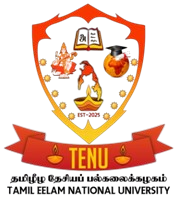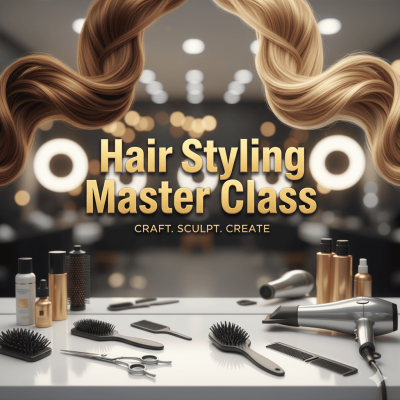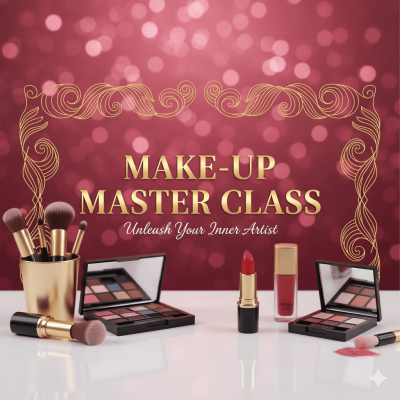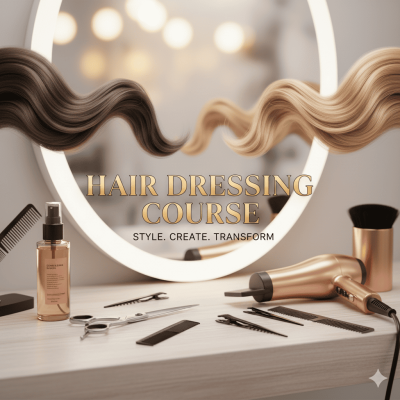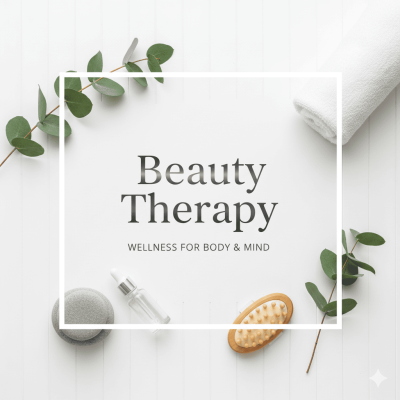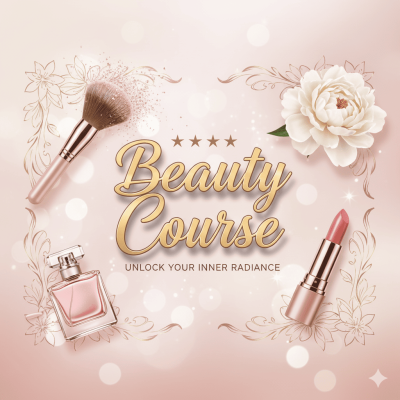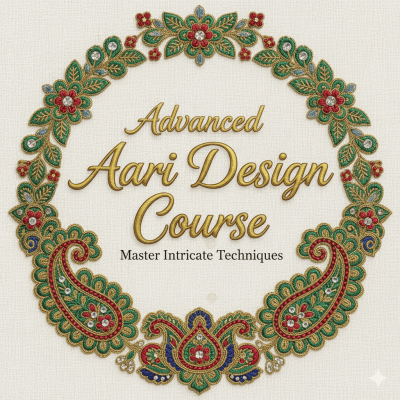our courses


Hair stylling Master Class
The Hair Styling Master Class is a comprehensive program designed to equip students with advanced skills in hair cutting, styling, and care. This course blends creativity, technical expertise, and trend awareness, preparing learners to become professional hair stylists capable of delivering personalized and fashion-forward looks. Hair styling is not just about appearance; it is an art that enhances personality, confidence, and individuality.
A strong foundation in hair anatomy, scalp health, and hair types is emphasized, allowing students to understand the structure, texture, and condition of hair. This knowledge enables stylists to recommend and perform treatments that maintain hair health while creating stunning styles. From basic grooming to complex transformations, every technique prioritizes both aesthetics and care.
Hair cutting techniques are a core focus, covering classic styles like straight, layered, and bob cuts, as well as contemporary, trend-based designs. Precision, symmetry, and attention to detail are emphasized to ensure professional results. Students also learn advanced cutting techniques, including texturizing, feathering, and personalized face-framing, enabling them to customize styles for each client.
Styling techniques are taught in depth, including blow-drying, curling, straightening, braiding, and elegant updos. Students practice creating looks suitable for everyday wear, special occasions, fashion events, and bridal styling. Hair accessories, finishing sprays, and product knowledge are integrated into styling sessions to achieve long-lasting, polished results.
Hair coloring forms a vital part of the curriculum, covering highlights, balayage, ombré, and full-color transformations. Emphasis is placed on color theory, safety precautions, and chemical knowledge, ensuring vibrant results while protecting hair integrity. Students gain hands-on experience in modern coloring trends and techniques.
Advanced treatments such as hair spa, keratin smoothing, deep conditioning, and frizz control are taught to restore hair health and improve manageability. Stylists learn to combine these therapies with creative techniques, delivering both beauty and wellness to clients.
The course also emphasizes client consultation, professional ethics, and salon management. Students develop skills to assess client needs, recommend suitable styles and treatments, and provide aftercare guidance, ensuring a professional and client-focused approach.
By the end of the Hair Styling Master Class, graduates are equipped with creativity, technical mastery, and confidence to work in salons, fashion studios, bridal services, and media industries. They are prepared to transform hair into a statement of style, elegance, and individuality, making a lasting impression through their artistry.
View More
Make-up Master Class
The Make-up Master Class is a comprehensive journey into the art and science of professional makeup, designed to equip students with the skills to transform appearance, enhance natural beauty, and express creativity. This course blends technical expertise, artistic vision, and knowledge of modern trends to prepare learners for careers in salons, fashion, bridal services, film, and media industries.
A strong foundation in makeup artistry begins with understanding skin types, facial anatomy, and color theory. Students learn to analyze features, identify undertones, and select products that suit each individual’s complexion and personality. This knowledge ensures that every look is both flattering and professionally executed.
The course covers all aspects of makeup application, from everyday natural looks to glamorous evening and party styles. Students are trained in foundation blending, contouring, highlighting, and corrective makeup techniques, enabling them to create flawless, balanced, and radiant results. Eye makeup, including eyeliner, eyeshadow blending, and mascara application, is emphasized, with advanced training in smokey eyes, cut crease, and creative designs.
Lip artistry forms an integral part of the curriculum, with training in matte, glossy, ombré, and bold color finishes. Techniques for long-lasting wear and precise application are taught to achieve professional-level results. Students also explore makeup for different occasions, including bridal, editorial, fashion shows, and themed events, developing versatility and adaptability in their craft.
In addition to facial makeup, the course delves into special effects, body painting, and creative makeup, allowing students to explore artistic expression beyond conventional styles. Hygiene, safety, and professional ethics are continuously emphasized, ensuring that all applications meet industry standards and client comfort.
Professional makeup artistry also requires proficiency in tools, brushes, and product knowledge. Students learn to select, maintain, and use tools efficiently, and understand ingredients, formulations, and trends in modern cosmetics. This knowledge helps deliver high-quality, customized results for every client.
By the end of the Make-up Master Class, students gain confidence, creativity, and technical mastery to work as professional makeup artists in diverse settings. Whether creating timeless bridal looks, high-fashion editorial styles, or experimental artistry, graduates are equipped to turn their passion into a successful, rewarding career, making every client’s beauty shine with skill and artistry.
View More
Hair Dressing
Hair Dressing is the art and science of styling, cutting, and caring for hair to enhance personal appearance and confidence. It combines creativity, technical skill, and knowledge of hair health to deliver looks that suit individual personality, lifestyle, and fashion trends. Rooted in tradition yet constantly evolving with modern techniques, hair dressing plays a vital role in the beauty and fashion industry, offering both everyday styling and transformative makeovers.
A foundational aspect of hair dressing is understanding hair anatomy, scalp health, and hair types. Professionals are trained to analyze hair condition, identify issues such as damage or hair loss, and recommend treatments that maintain strength, shine, and vitality. Healthy hair care practices form the basis of all styling techniques and ensure client satisfaction over the long term.
Hair cutting and trimming are central skills in hair dressing. From classic cuts like straight, layered, or bob styles to contemporary fashion-forward designs, every cut is tailored to face shape, texture, and personal preference. Precision, symmetry, and attention to detail are emphasized to achieve professional results.
Styling techniques expand the scope of creativity, allowing hairdressers to craft everything from everyday manageable styles to elaborate designs for special occasions. Blow-drying, curling, straightening, braiding, and updos are combined with modern tools and products to create long-lasting, polished looks. Hair accessories, color, and finishing sprays further enhance styling versatility.
Hair coloring is another key area, covering techniques such as highlights, balayage, ombré, and full-color transformations. Knowledge of chemical processes, safety measures, and color theory ensures vibrant, damage-free results. Hairdressers learn to balance creativity with hair health, producing looks that complement skin tone and personal style.
Advanced treatments such as hair spa, deep conditioning, smoothing, and keratin treatments are included to repair damage, control frizz, and improve texture. These therapies emphasize both aesthetic improvement and the long-term health of hair and scalp.
Professional hairdressers also develop client consultation skills, learning to understand individual needs, recommend suitable styles, and provide aftercare guidance. Maintaining hygiene, proper tool handling, and ethical client service are core components of the training.
Ultimately, a Hair Dressing course equips learners with the expertise, creativity, and professionalism needed to excel in salons, fashion shows, bridal studios, and personal styling services. By combining artistry with technical knowledge and care, graduates are prepared to transform hair into a statement of beauty, confidence, and individuality.
View More
Beauty Therapy
Beauty Therapy is the professional practice of enhancing physical appearance and promoting overall wellness through specialized treatments for the skin, hair, nails, and body. It blends scientific knowledge, technical expertise, and artistic skills to deliver personalized care that improves both confidence and health. Rooted in ancient traditions yet constantly evolving with modern innovations, beauty therapy focuses on holistic well-being alongside aesthetic enhancement.
A strong foundation in beauty therapy begins with understanding human anatomy, skin physiology, and hair and nail structures. Therapists are trained to identify different skin types and conditions, enabling them to recommend and perform treatments that suit individual needs. From cleansing facials to advanced therapeutic procedures, every service prioritizes hygiene, safety, and effective results to ensure radiant, healthy skin.
Skincare is a core component, encompassing deep cleansing, exfoliation, toning, and moisturizing, as well as specialized treatments such as chemical peels, anti-aging therapies, and acne management. Through professional techniques, therapists restore skin balance, texture, and glow, while teaching clients routines for long-term maintenance.
Hair and scalp treatments form another vital aspect of beauty therapy. From nourishing massages and conditioning to targeted treatments for hair loss or damage, therapists help clients maintain healthy, lustrous hair. Complementing these treatments are advanced styling techniques, including professional blow-drying, braiding, and creative updos, which enhance personal expression and confidence.
Makeup artistry within beauty therapy combines aesthetics with personal care. Therapists are trained in corrective makeup, color matching, contouring, and special occasion looks, ensuring that makeup complements natural features while maintaining skin health. Techniques are tailored to individual preferences and occasions, including bridal, professional, and glamorous looks.
Hand and foot care, through manicures, pedicures, and spa therapies, not only improves appearance but also promotes relaxation and wellness. Nail care, combined with massage, aromatherapy, and reflexology techniques, offers clients a rejuvenating experience that goes beyond mere aesthetics.
Beauty therapy also integrates body treatments such as massages, wraps, and exfoliation, enhancing circulation, reducing stress, and promoting overall vitality. Therapists are trained to apply therapeutic techniques with precision, delivering both physical and mental well-being.
In addition to technical skills, the course emphasizes client consultation, professional ethics, and salon management. Therapists learn how to assess client needs, recommend suitable treatments, and maintain hygiene standards, ensuring a professional, client-centered approach. Knowledge of products, tools, and current trends equips learners to provide safe, effective, and modern beauty services.
Ultimately, a Beauty Therapy course prepares students to become skilled professionals capable of transforming appearance while promoting health and confidence. Graduates can pursue careers in salons, spas, wellness centers, and even start their own practice, making beauty therapy a career that combines science, artistry, and care for a lasting impact on clients’ lives.
View More
Beauty Courses
Beauty is the art and science of enhancing appearance through skincare, hair care, makeup, and overall grooming. It combines creativity with professional techniques to help individuals look and feel their best. Rooted in ancient traditions yet constantly evolving with modern trends, the beauty field balances natural wellness with cosmetic artistry, offering confidence and transformation in every service.
A strong foundation in beauty begins with understanding skin, hair, and nail structures, as well as identifying different types and conditions. This knowledge allows professionals to design personalized treatments that suit individual needs. From deep-cleansing facials to advanced skincare therapies, every step focuses on health, hygiene, and nourishment, ensuring long-lasting results and radiant skin.
Makeup artistry is another vital component, blending color theory, techniques, and creativity. Whether it’s a subtle daytime look, glamorous party style, or traditional bridal appearance, makeup highlights features and enhances personality. Skills like contouring, blending, and eye makeup application allow artists to create a wide range of looks while ensuring flawless, natural finishes that match every occasion.
Hair care and styling form the backbone of beauty services. From basic washing, conditioning, and oil massage to professional cutting, coloring, and styling, hair techniques cater to both everyday grooming and special occasions. Bridal hairstyles, modern fashion trends, and classic cuts all showcase the stylist’s ability to combine technical skill with creativity, delivering confidence and elegance.
Nail care and hand-foot treatments bring both beauty and relaxation. Manicures, pedicures, nail art, and gel polish not only enhance appearance but also promote hygiene and wellness. Paired with spa therapies and aromatherapy, these services offer clients complete rejuvenation, making them an essential part of the beauty field.
The beauty industry also includes traditional and creative art forms like mehndi, body art, and temporary tattoos, adding cultural and festive value. Professionals expand their expertise by learning salon management, client consultation, and product knowledge, ensuring a holistic approach to beauty services.
Ultimately, a beauty course empowers learners to master techniques, build creativity, and develop client-focused skills. By blending artistry with professionalism, students are prepared for careers in salons, spas, bridal studios, and even entrepreneurship, making beauty not just a career but a lifelong art of confidence, care, and transformation.
View More
Advance Aari Designing
✨ Introduction to Aari Embroidery
Aari design is a sophisticated hand embroidery technique that originated in the Indian subcontinent, especially flourishing in Kashmir, Gujarat, and Rajasthan.
-
Tool: Aari Needle (hooked, crochet-like)
-
Base: Fabric stretched on a wooden Adda frame
-
Specialty: Fine chain stitches forming intricate patterns
🌿 Historical Significance & Cultural Roots
-
Mughal Era (16th Century): Gained royal patronage.
-
Persian Influence: Floral vines, paisleys, and Mughal motifs.
-
Regional Styles: Adapted uniquely across India.
🎨 Techniques & Professional Craftsmanship
Advanced Aari work goes beyond the basics:
-
Shading with multiple thread colors
-
3D floral embroidery techniques
-
Zardosi, beads, sequins, pearls, and stones embellishments
-
Intricate borders and bridal motifs
👗 Contemporary Applications
Today, Aari embroidery is a signature of luxury couture and bridal fashion.
-
Sarees, Lehengas, Blouses, Dupattas
-
Bridal Gowns & Indo-Western Outfits
-
Designer Couture & Boutique Collections
🎯 Why Advanced Aari Training Matters
This advanced course focuses on:
✅ Refining speed & precision
✅ Mastering complex motifs
✅ Designing custom embellishments
✅ Professional finishing for couture fashion
✅ Entrepreneurial skills to build your brand
-
-
-
